The reinvention of the Sportster continues.
Harley-Davidson has unveiled the Nightster 975, the second Sportster model featuring the modern Revolution Max engine, only this time in the smaller 975 cc size. The Nightster joins the Sportster S introduced last year as the quarter-century run of the air-cooled, Evolution-engine Sportsters comes to a close.
Unlike the Sportster S, however, which went in a new styling direction, the Nightster specifically tries to carry on some of the style elements that have defined the Sportster line since the 1980s. But all is not what it seems. At a glance, that may look like a traditional peanut tank but it's not, and you might think that's an oil tank under the seat but it's just a cover. About the only thing on the Nightster that's the same as the Sportsters of past decades is the size of the wheels, and that should make it significantly different from the Sportster S with its comically large tires. Harley-Davidson used the Nightster name before, back in 2008 on a 1,200 cc blacked-out Sportster, but this one is not much like that one.If the Nightster is not like an Evo Sportster, it's also not the Bronx concept bike that was the first appearance of the 975 cc version of the Revolution Max engine. The Nightster is the next step in expanding the Sportster line and it comes in $2,000 less than the Sportster S, starting at $13,499, and makes it a little easier for traditionalists to adjust to the big changes Harley-Davidson has made.
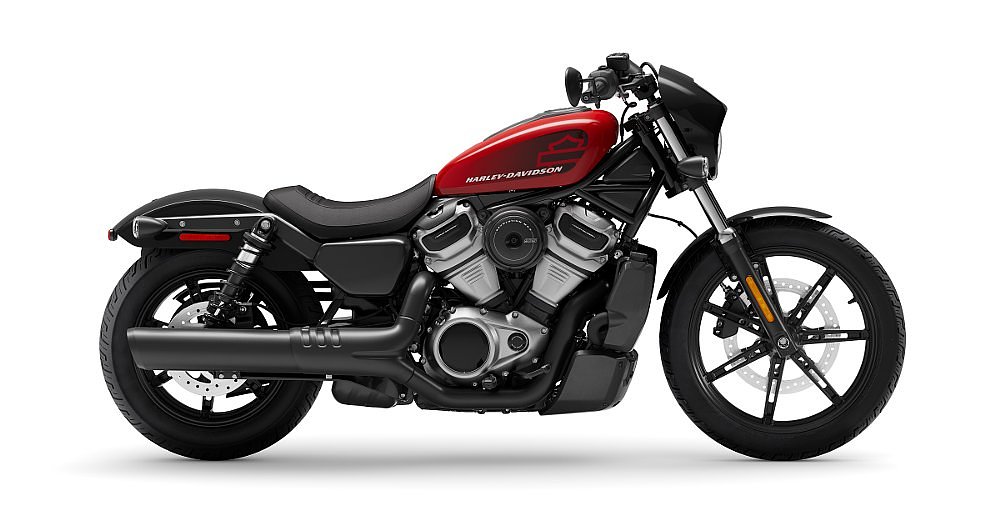
The Evo Sportsters were beloved and some traditionalists still won't like it, but the Nightster will unquestionably be a big step forward in performance. Harley-Davidson claims 95 horsepower at 7,500 rpm and 70 foot-pounds of torque at 5,000 rpm. If you wanted to extract nearly 100 horsepower from an Evo Sportster, you had to do some significant modifications, and forget about getting that out of an 883. The Revolution Max uses multiple valves with variable timing and other modern touches to go where old Sportster engines couldn't. Fortunately, Harley-Davidson retained the hydraulic valves, so it's still a relatively low-maintenance engine.
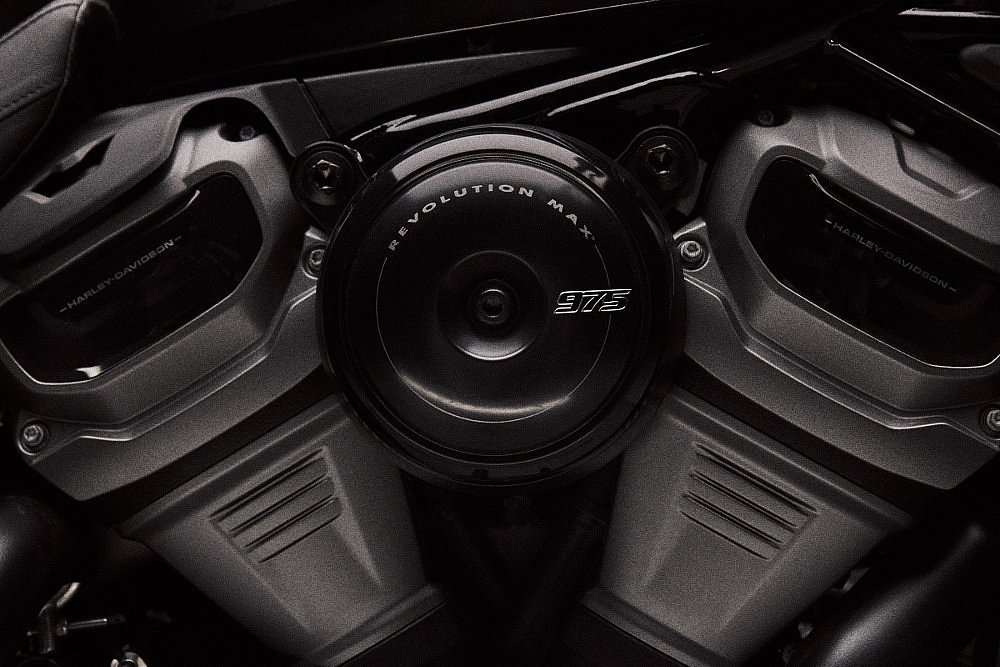
Harley-Davidson put a shroud around the radiator, and also around the battery, which lives in front of the engine behind the front wheel. They tried to carry on the look of the old Sportsters with the peanut tank, but that's not actually a fuel tank. It's really just a cover over a larger airbox that allows the engine to breathe better. The fuel tank is plastic and it's located under the seat.
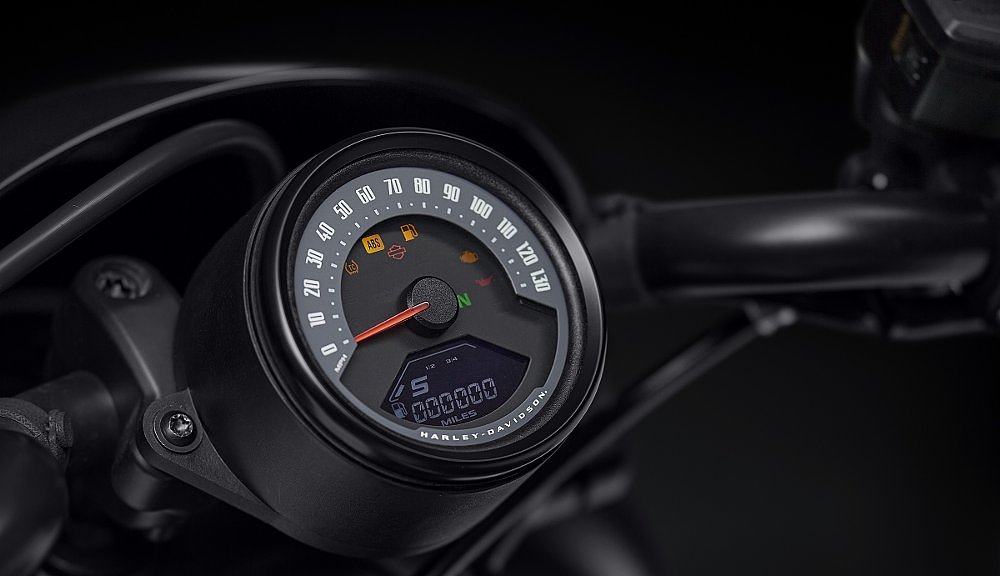
Like the Sportster S, the Nightster comes with a full set of electronic rider aids. There are three ride modes, Road, Sport, and Rain, which adjust throttle response, power levels at different points in the rev range, the level of intervention from ABS and traction control, and engine braking. The rider can turn off traction control if the motorcycle is not moving. While traction control helps prevent the rear tire from slipping under acceleration, Harley-Davidson also has what it calls Drag-Torque Slip Control System to reduce rear-tire slip under engine braking. It does that by making adjustments to the engine instead of using a slipper clutch, as some motorcycles do.
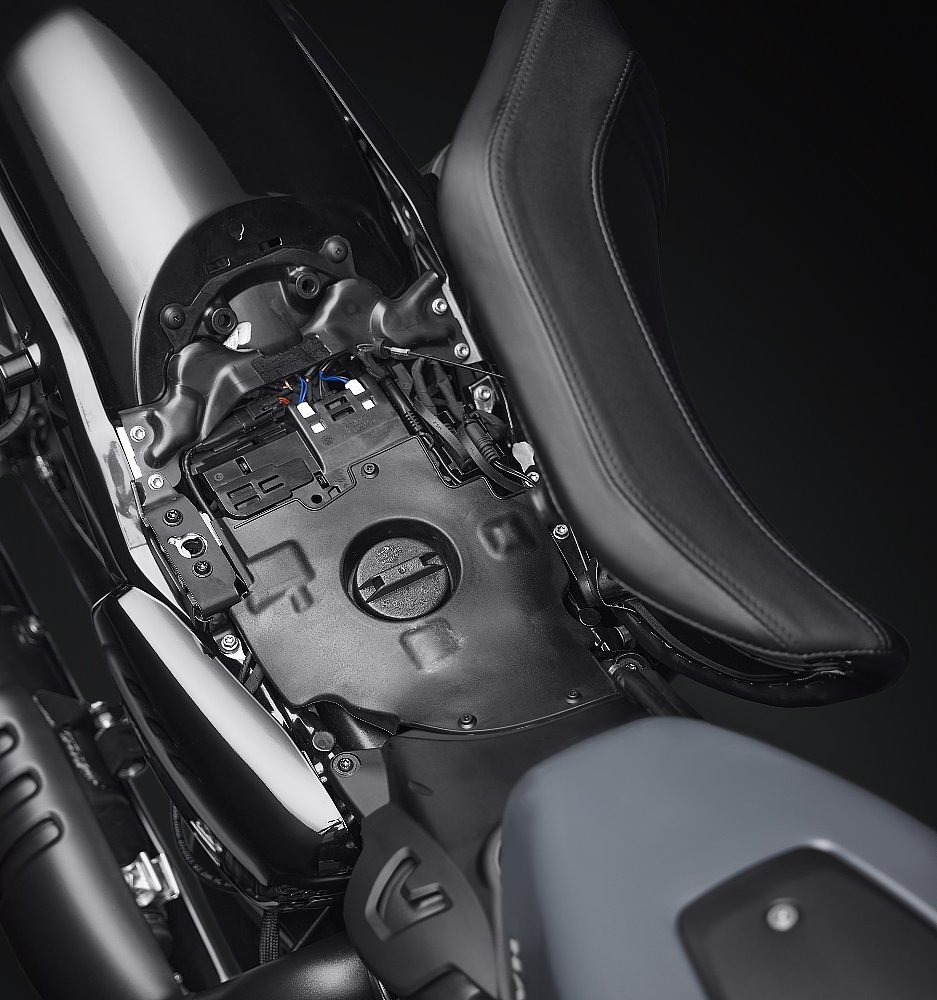
One thing that's more familiar is the combo of a 19-inch front and 16-inch rear wheel on the Nightster, the same size many Sportsters wore for a generation. One issue with the Sportster S was the skimpy two inches of suspension travel on the single rear shock. The Nightster gets a dual-shock setup and 3.0 inches of travel. We'll have to see what it feels like when we get a test ride, because three inches still doesn't imply a plush ride, but at least it's better than two.
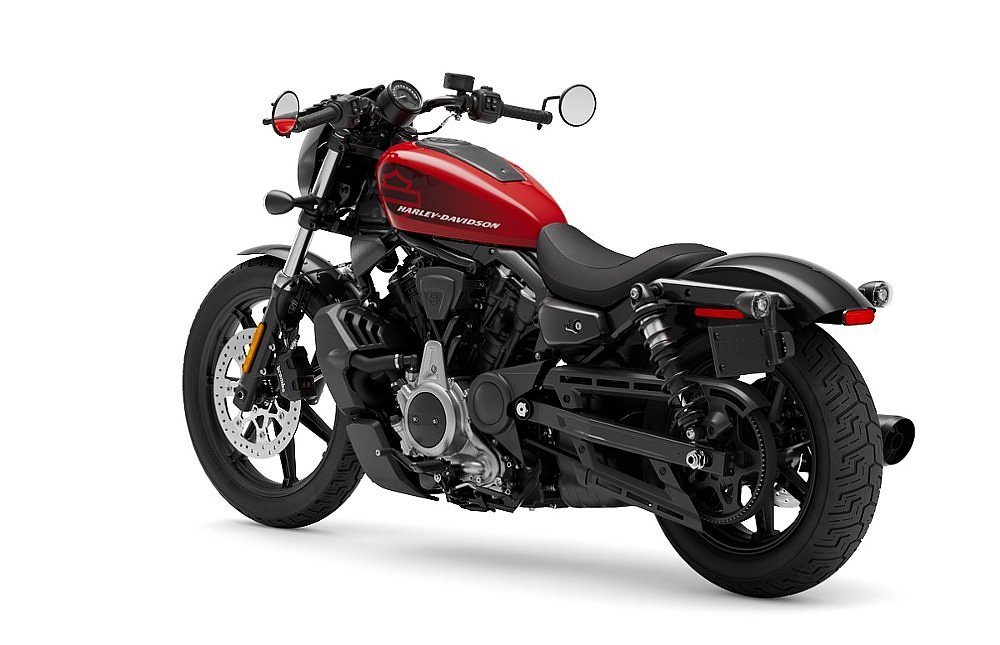
With 70 foot-pounds of torque and a weight under 500 pounds, the Nightster should provide entertaining performance.
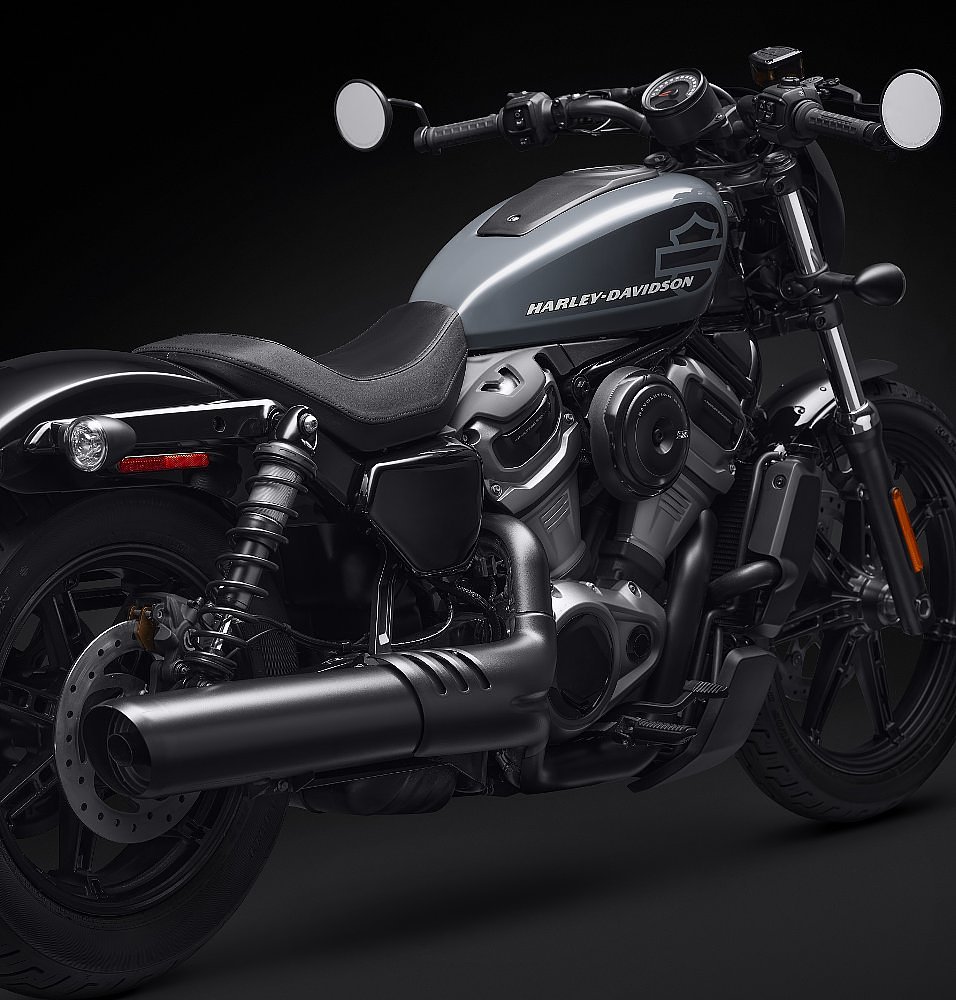
I'm sure the Nightster won't be the last new Sportster model we see. While I don't have a lot of hope we'll ever see the Bronx concept bike go into production, there's plenty of room for variations on the Sportster theme with both the 975 and the 1250 versions of the Revolution Max.
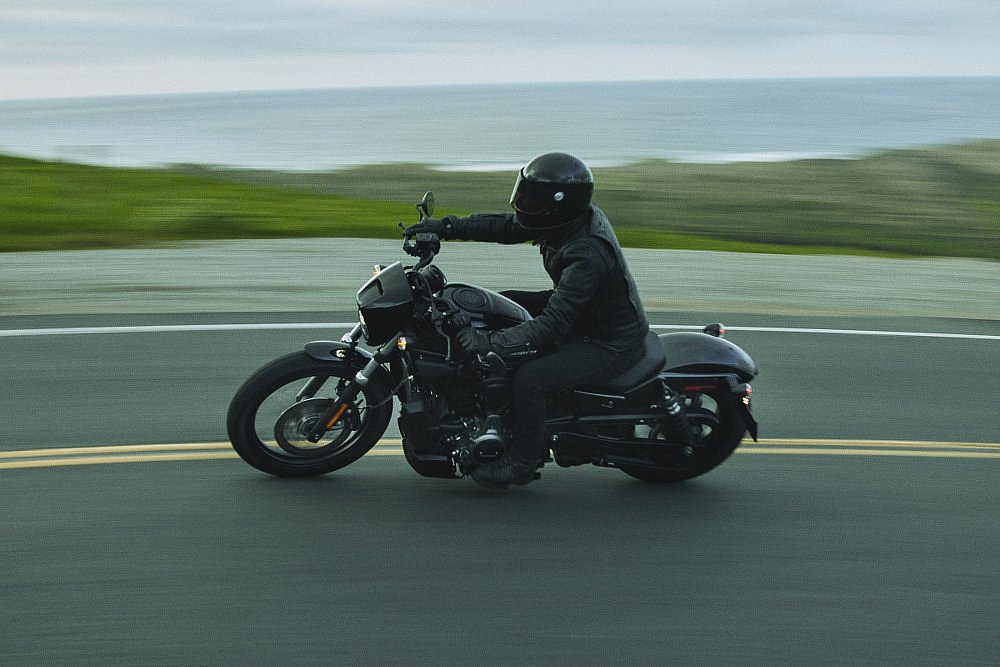
Sportsters ain't what they used to be. Some will be turned off by this remake of a model that's been around since 1957, and others will embrace its step forward in performance. Either way, the long Evo era is coming to an end and the Revolution is complete.


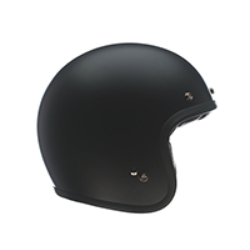

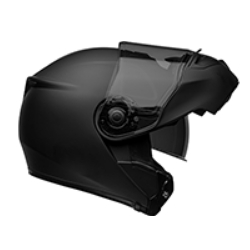

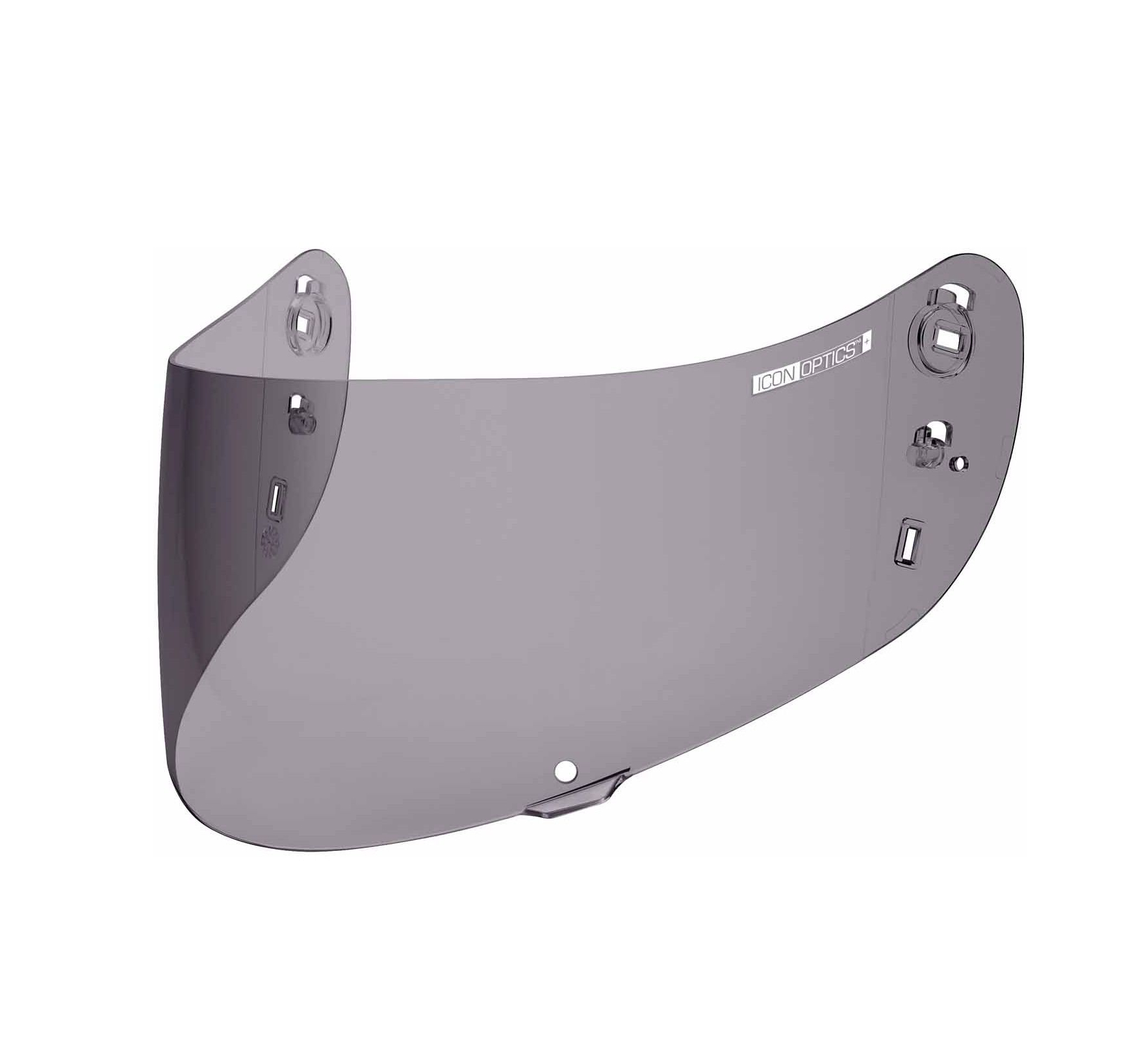




 Membership
Membership








